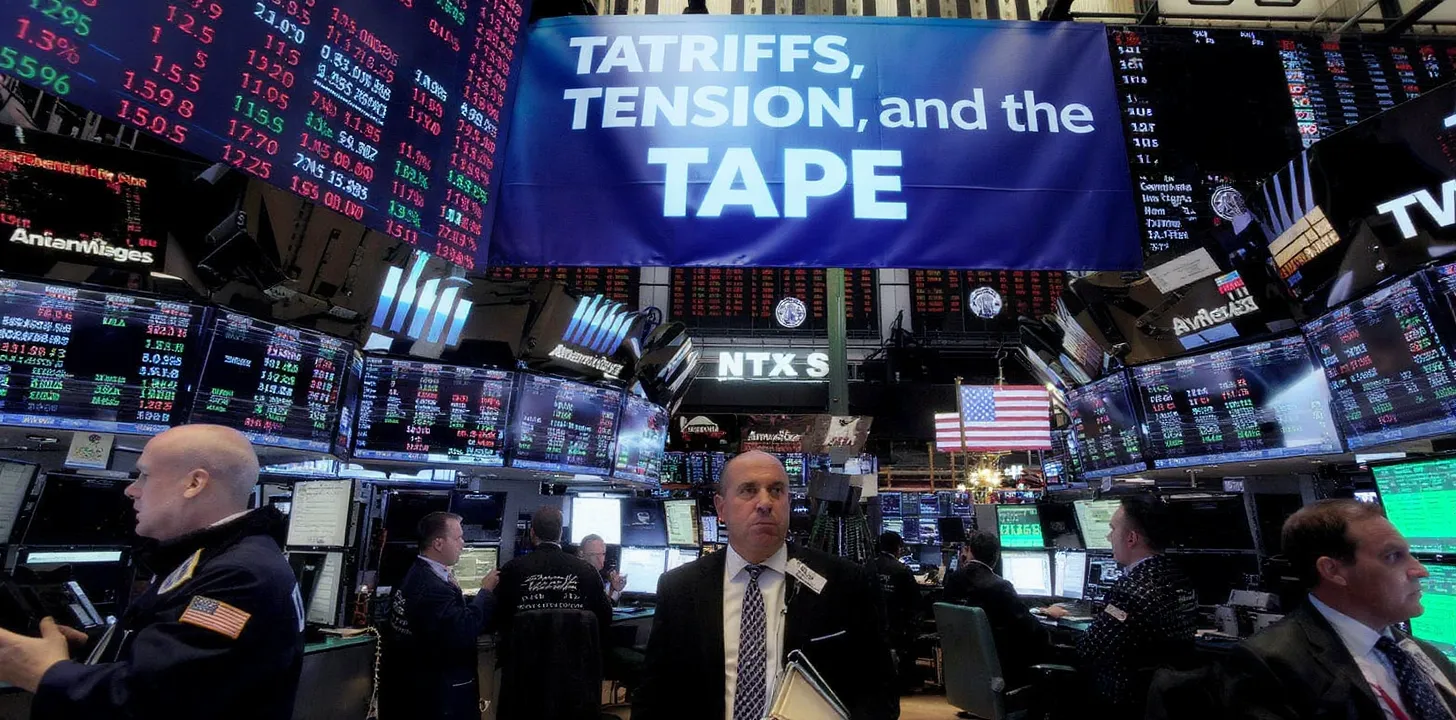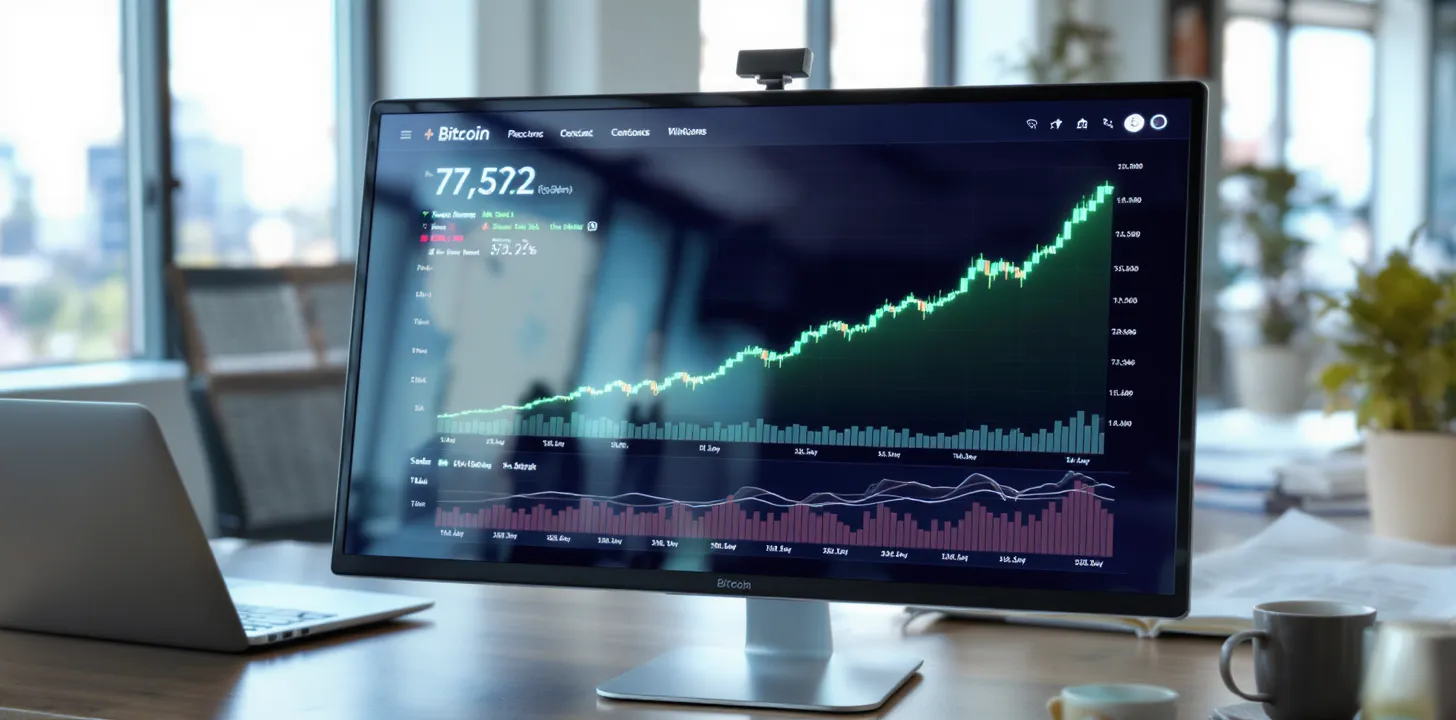Fed’s Interest-Rate Pause Highlights Tariff Tensions: A 360-Degree Look at the Market Fallout
Fed’s Interest-Rate Pause Highlights Tariff Tensions: A 360-Degree Look at the Market Fallout
A Hawkish Hold in June
The Federal Reserve did exactly what markets expected—left the policy rate at 4.25 %–4.50 %—yet it managed to sound decidedly less dovish than three months ago. The updated “dot plot” still shows two quarter-point cuts penciled in for late-2025, but the pathway beyond that was trimmed to a single cut per year in both 2026 and 2027. Moreover, the Fed nudged its 2025 core-PCE inflation forecast up to 3 % while shaving growth to 1.4 %, signaling that inflation, not employment, is now the prime constraint on policy.
Powell’s Tariff Warning
Chair Jerome Powell employed stark language about the impact of President Donald Trump’s July tariff schedule. He told reporters to expect “meaningful” goods-price increases over the summer as the next wave of import taxes finally hits retail shelves. In his words, the Committee is “laser-focused on inflation” and prepared to leave policy “modestly restrictive” until the price outlook is clearer—an unmistakable warning that rate cuts could vanish if tariffs re-ignite inflation.
Cracks in Jobs and Housing
Fresh macro releases framed the Fed’s caution. Initial jobless claims dipped to 245 000, yet the four-week average climbed to an eight-month high, hinting at a cooling labor market. Meanwhile, May housing starts fell almost 10 % to a five-year trough and single-family permits slumped to a two-year low, underscoring how high mortgage rates and material tariffs are squeezing construction.
Bond-Market Crosscurrents and the Dollar’s Rebound
Treasury traders initially chased yields lower on the statement, only to watch the move evaporate once Powell spoke. By the close, twos and tens were down barely two basis points, leaving the 2s-10s spread pinned near +44 bp. Simultaneously, the dollar index roared back from early weakness, ending 0.1 % higher as traders priced in a stickier-for-longer inflation premium. Equities could not decide which narrative mattered more: the S&P 500 finished up just 0.05 %, erasing a stronger morning rally.
Currency Crosscurrents
The greenback’s firming tone echoed across majors. EUR/USD surrendered an intraday pop to 1.1530, with one-month risk reversals flipping to euro-put premium for the first time since April—technicians now eye the 21-day moving average near 1.1420 as the next magnet. Sterling fared no better: GBP/USD slid beneath its lower Bollinger band at 1.34 after a benign U.K. CPI print bolstered bets on a September BoE cut. In Asia, USD/JPY bounced from 144.30 but remains capped by heavy chart resistance around 145.60, the top of the cloud and an area Japanese officials have previously defended verbally.
Commodities: Divergence in Safe-Haven Flows
Gold reclaimed safe-haven status, edging to $3 376 /oz on the back of intensifying Israel-Iran hostilities. Analysts argue the metal’s upside may be capped in the near term by a dollar that looks oversold, yet heightened geopolitical risk continues to draw incremental bids. Oil, by contrast, chopped lower—Brent slipped roughly 0.4 %—as traders balanced the potential for Middle-East supply disruptions against demand headwinds from slower global growth. Industrial metals decoupled: copper gained nearly 1 %, buoyed by whispers of fresh China stimulus and the prospect of a weaker euro zone prompting easier ECB policy.
Sector Ripples: Who Wins, Who Loses?
The immediate rate-pause, flatter curve, and tariff overhang create clear sectoral winners and losers. U.S. money-center banks face near-term net-interest-margin pressure, yet the “higher for somewhat longer” stance extends the life of their securities portfolios. Homebuilder sentiment looks fragile; the double combination of sluggish permits and sticky mortgage spreads suggests fading order books and earnings downgrades. On the other hand, domestic steelmakers such as U.S. Steel and Nucor could outperform: Nippon Steel’s $14.9 billion acquisition of U.S. Steel underscores how tariff insulation and government-funded infrastructure demand can buoy margins. In defense and aerospace, rising Middle-East tensions keep Lockheed Martin and RTX firmly bid as investors seek geopolitical hedges. Finally, the gold-miner complex—including Newmont and Agnico Eagle—stands to benefit if real yields stay capped and bullion inches toward new highs.
Tactical Plays for Active Traders
For FX desks, the path of least resistance remains long-USD versus high-beta G10 currencies through the July tariff deadline; Powell effectively embedded a tariff risk-premium in future rate expectations. Rates desks favor 5s-30s steepeners: if tariffs goose inflation, the Fed’s reluctance to cut could pin the front end while growth concerns keep the long end anchored. Equity traders may consider pairing longs in tariff-sheltered industrials with shorts in rate-sensitive homebuilders, or overlaying long gold-miner exposure with put spreads on consumer-discretionary names exposed to goods-price inflation.
What Could Change the Narrative?
Three macro shockwaves dominate the what-if grid. First, President Trump might delay the July 8 tariff start date—a single announcement that could yank the dollar lower, steepen curves, and deliver a relief rally to cyclicals. Second, an unambiguous tariff roll-out would almost certainly push core-goods CPI 0.3–0.4 percentage points higher in Q3, flattening curves and validating a defensive stance. Third, an escalation in the Israel-Iran conflict that lifts Brent above $90 would ignite stagflation worries, pressuring emerging-market FX and rewarding gold, defense, and energy names.
Big Picture
The Fed just told investors that controlling inflation trumps nurturing growth and that tariffs, not “soft data,” may dictate the next move. In effect, traders should brace for a summer defined by stop-and-start volatility rather than a one-way melt-up: keep dry powder for tariff-driven dislocations, own quality balance sheets, and hedge tail risks with selective commodity exposure. The policy path is no longer merely data-dependent—it is hostage to the politics of trade and the geopolitics of the Gulf. Adapt accordingly.



